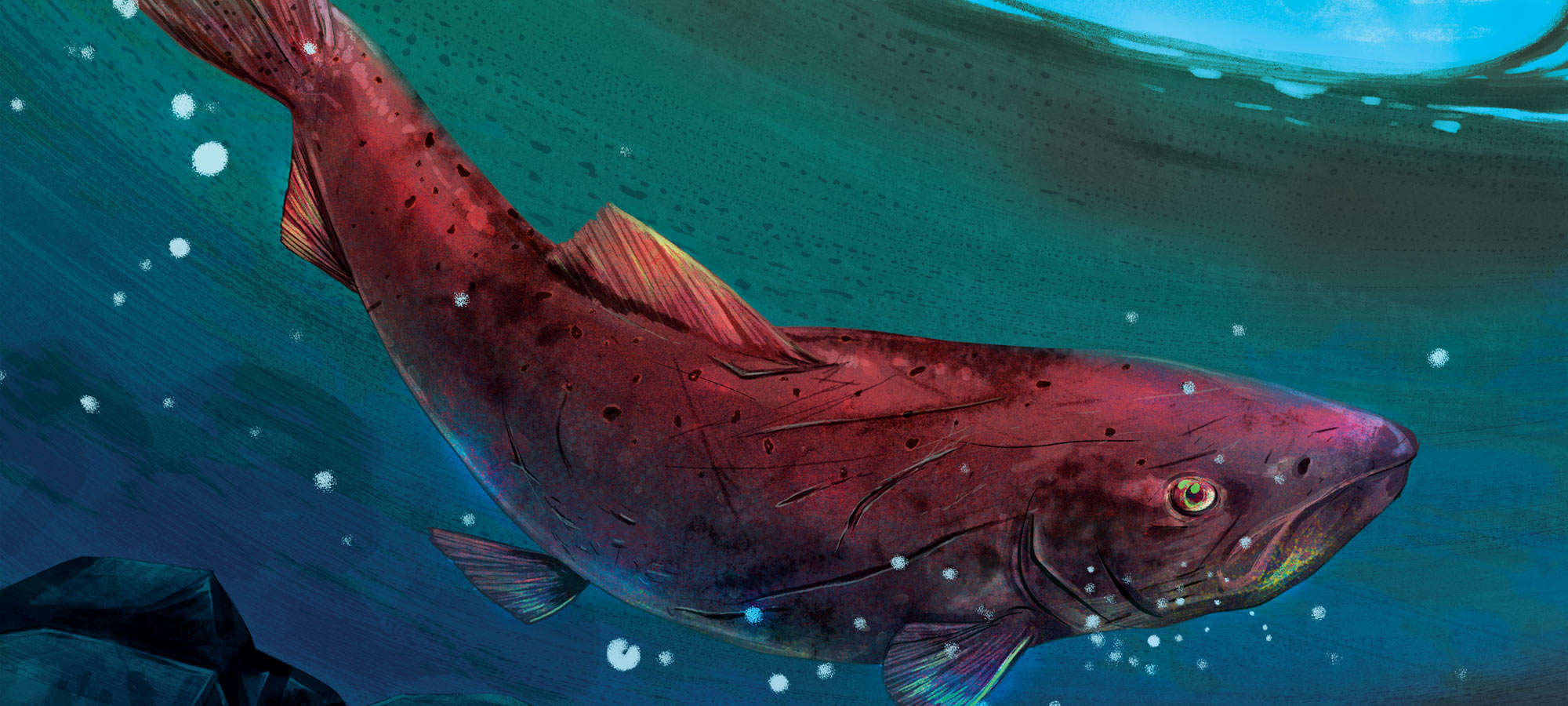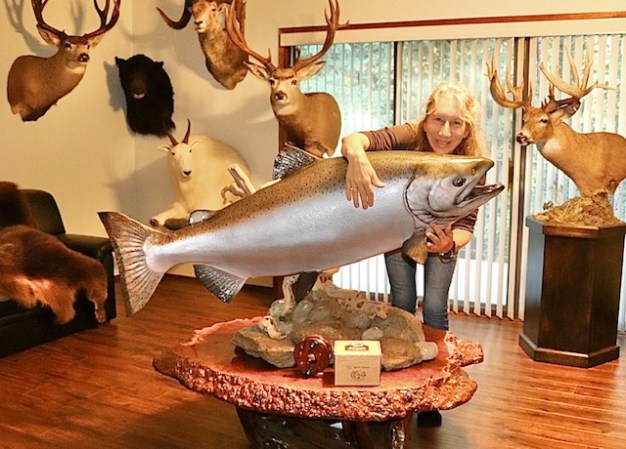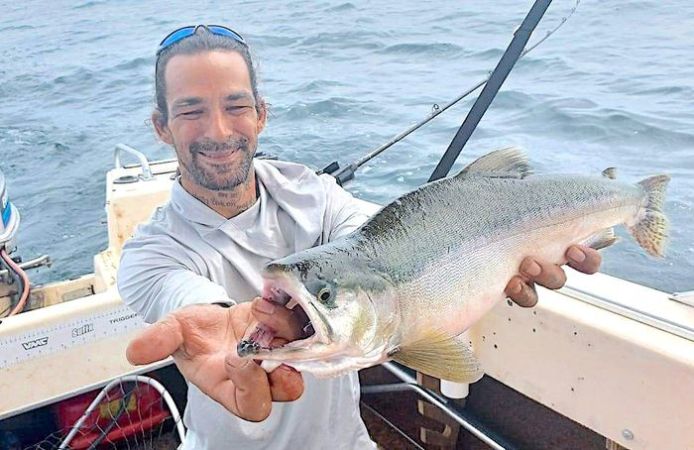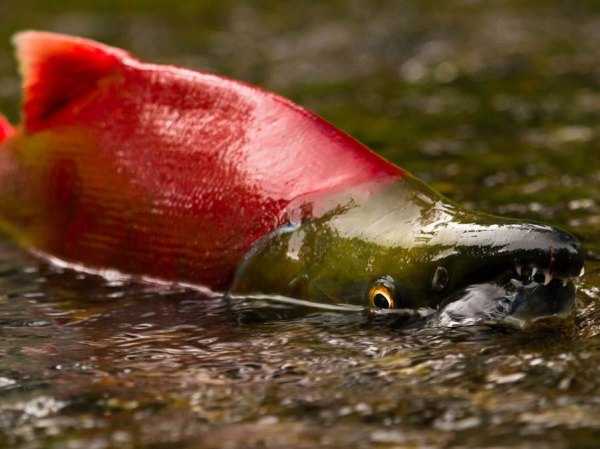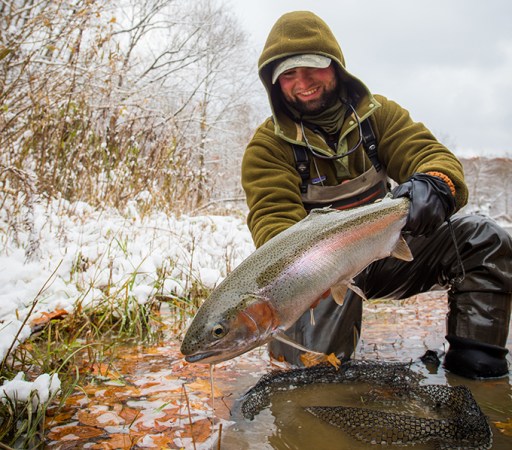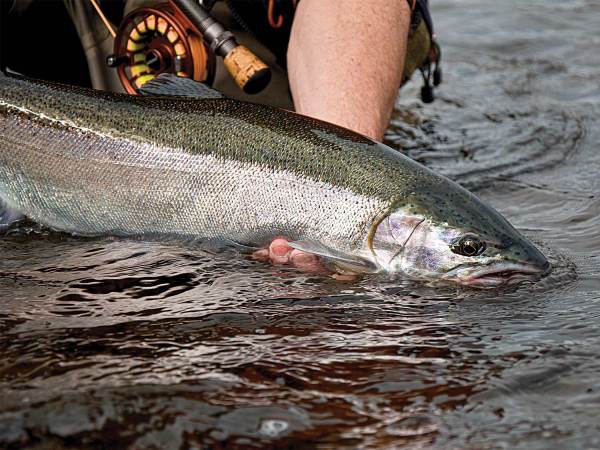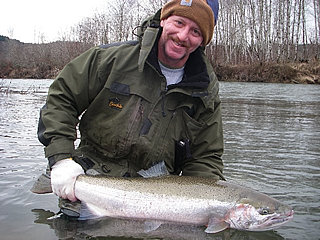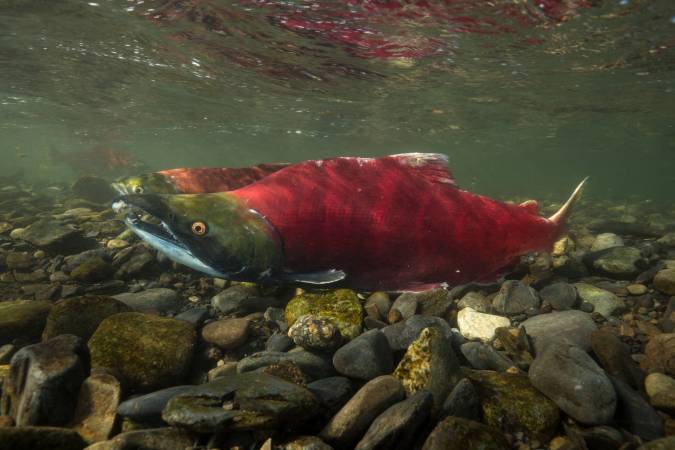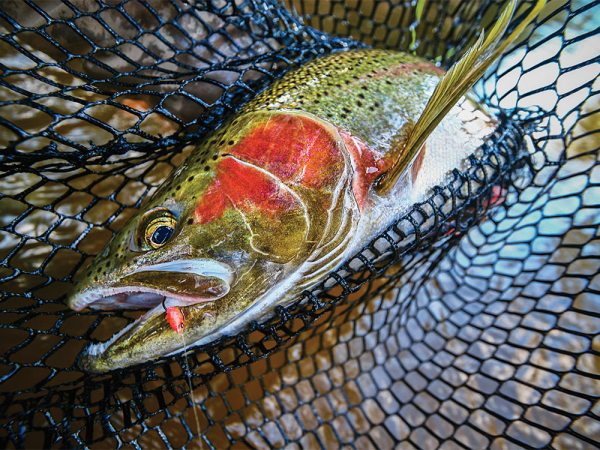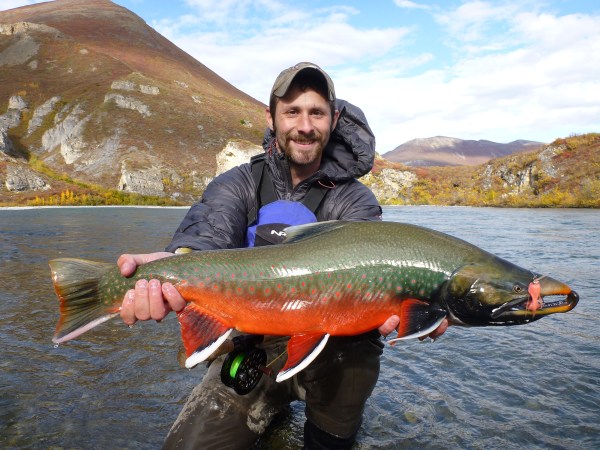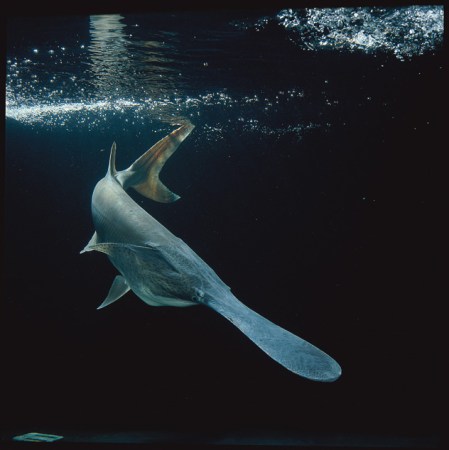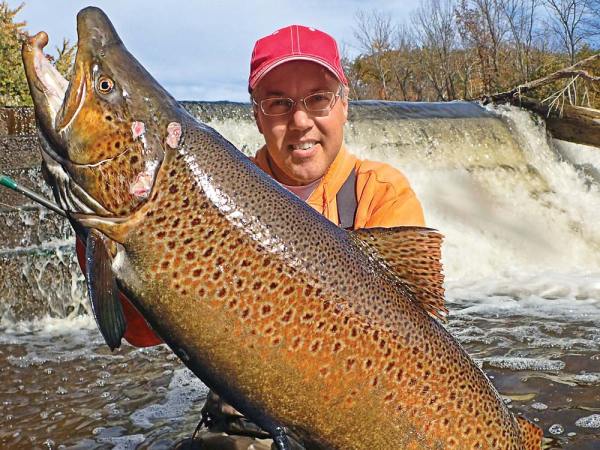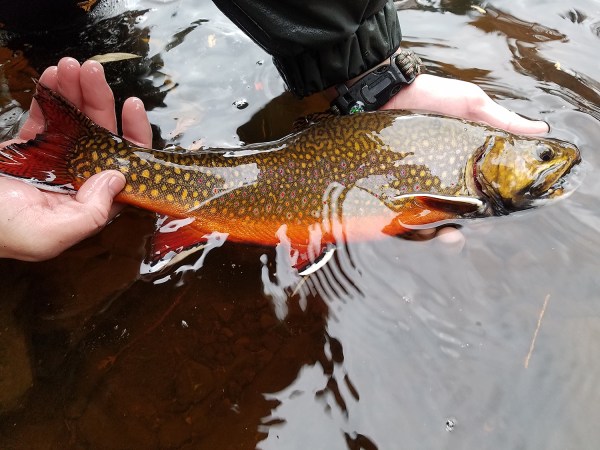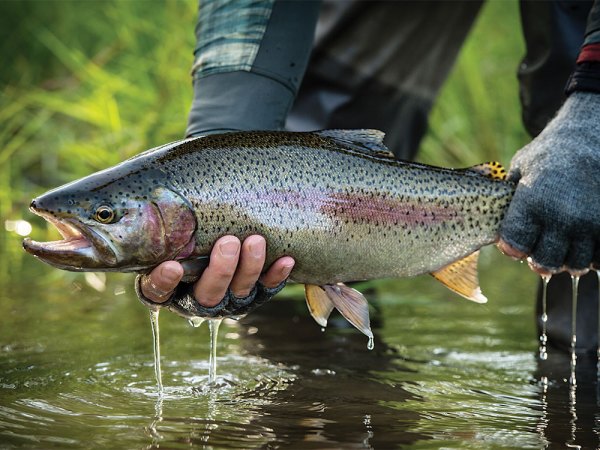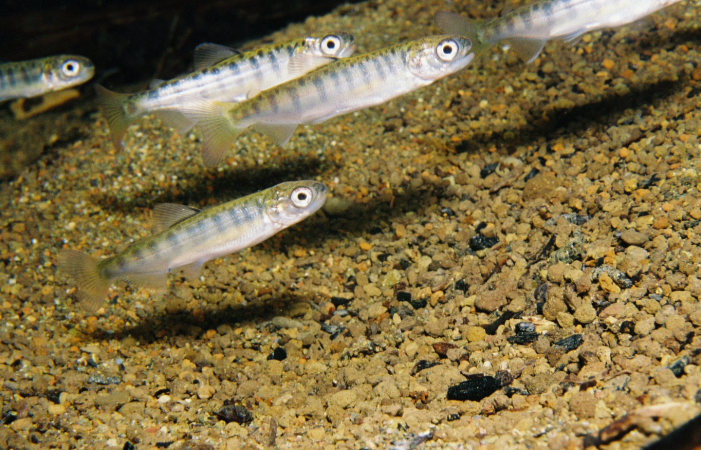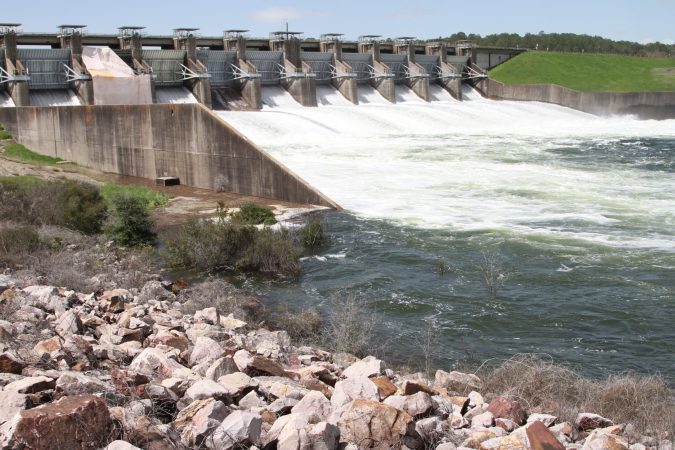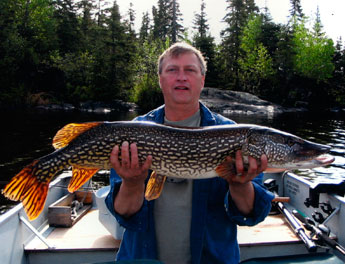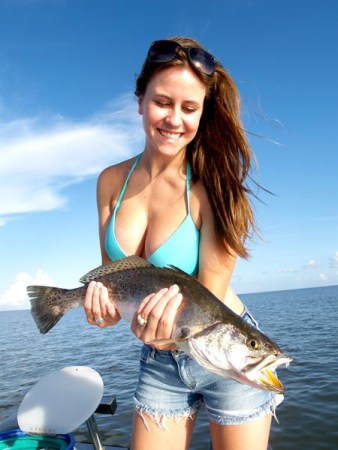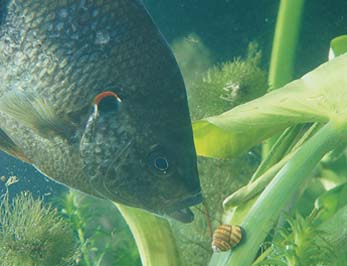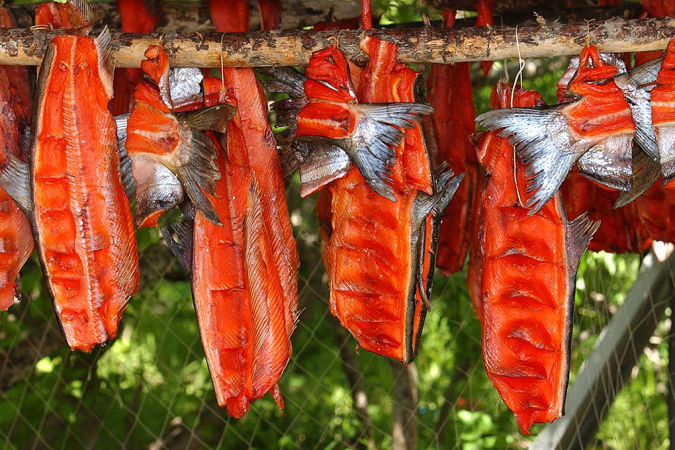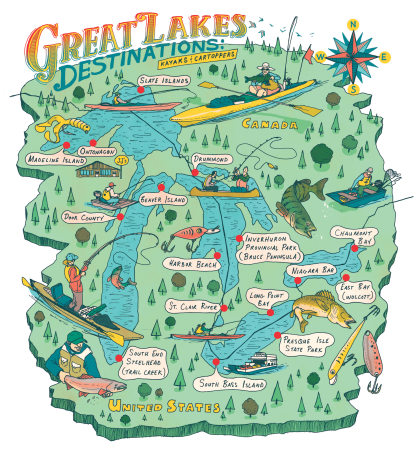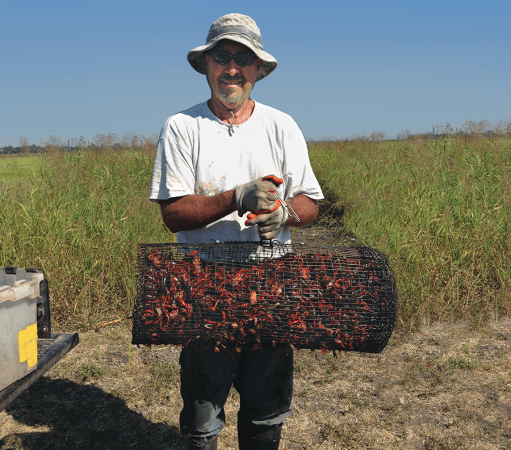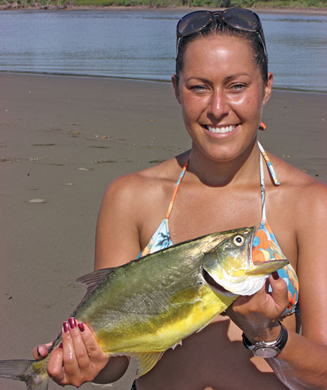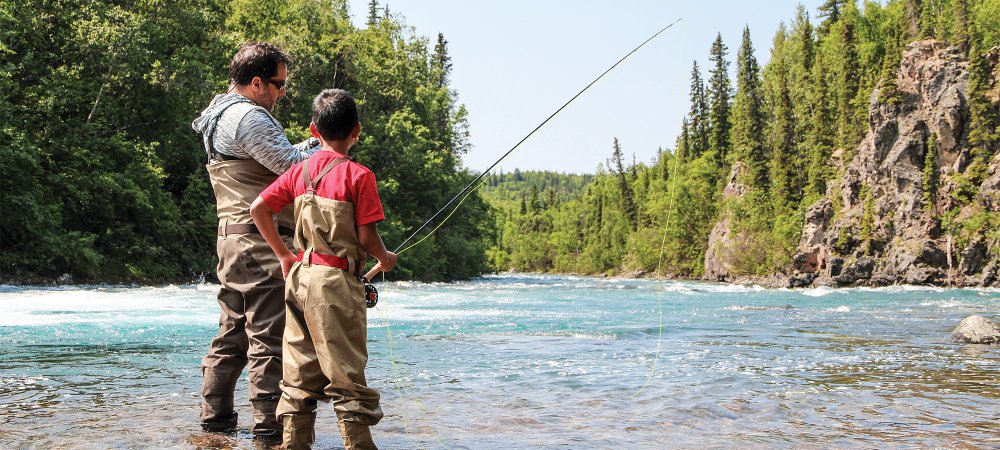You’ve never heard of Tseta Creek. But if someone asked you to design the perfect king salmon spawning habitat, it’d look precisely like this. Shallow water. Quick current. Smooth creekbed of large, colorful gravel and small cobble. Lots of root wads and cedar and spruce blowdowns along the banks, creating dark hiding spots and nesting pockets.
Tseta Creek lies 150 river miles from the Pacific Ocean in northern British Columbia, several days’ paddle from the nearest road. Part of the Taku River watershed—the famed fishery that spills into Alaskan waters south of Juneau—it’s hidden amid towering peaks and twisting valleys. No matter what your beliefs on matters of the divine, when you finally arrive here, you look around at the untouched, glacial-carved wilderness and can’t help thinking, As God intended.
Tseta Creek is perfect wild spawning habitat in every way but one: There are almost no salmon here.
“A few years ago, this whole stretch of river was plugged—chinook [king] salmon were so thick, they were running through your legs,” says Nathan Frost, an Alaska Department of Fish and Game fishery biologist. A similar bend on the nearby Nahlin River was an even hotter spot. Thousands of spawners rushed upriver like daily freight trains. Today, Frost calls the area “a biological dead zone.”
Frost has spent the past five years tracking the decline of chinook populations in southeast Alaska. In August, I accompanied him and a team of researchers from Alaska and Fisheries and Oceans Canada on a chinook sampling trip on Tseta Creek and the Nahlin and Dudidontu rivers.
Although we found spawners to measure and take scale samples from—about 40 fish that day on Tseta Creek—Frost’s favorite sections were close to barren. Few fish also meant no bears, wolves, ravens, eagles, or other wildlife.
“Every predator and scavenger should be on this river right now. But there are no fish, so they’re not here,” says Ed Jones, coordinator of Fish and Game’s Chinook Salmon Research Initiative, and top dog on the expedition. A garrulous shot-putter type who grew up hunting in New Mexico, Jones looks more like a commercial fisherman than a state bureaucrat.
“We used to come out here, and the first thing we’d do is put up a bear fence around camp,” he says. “It was like Katmai. You’d look up the river and see half a dozen brown bears.”
Our research party carries .44s and bear spray. But over the week, we saw just one bear—from a helicopter on a distant ridgeline.
“The bears are up high, probably hunting moose calves instead of being on the river,” says Jones.
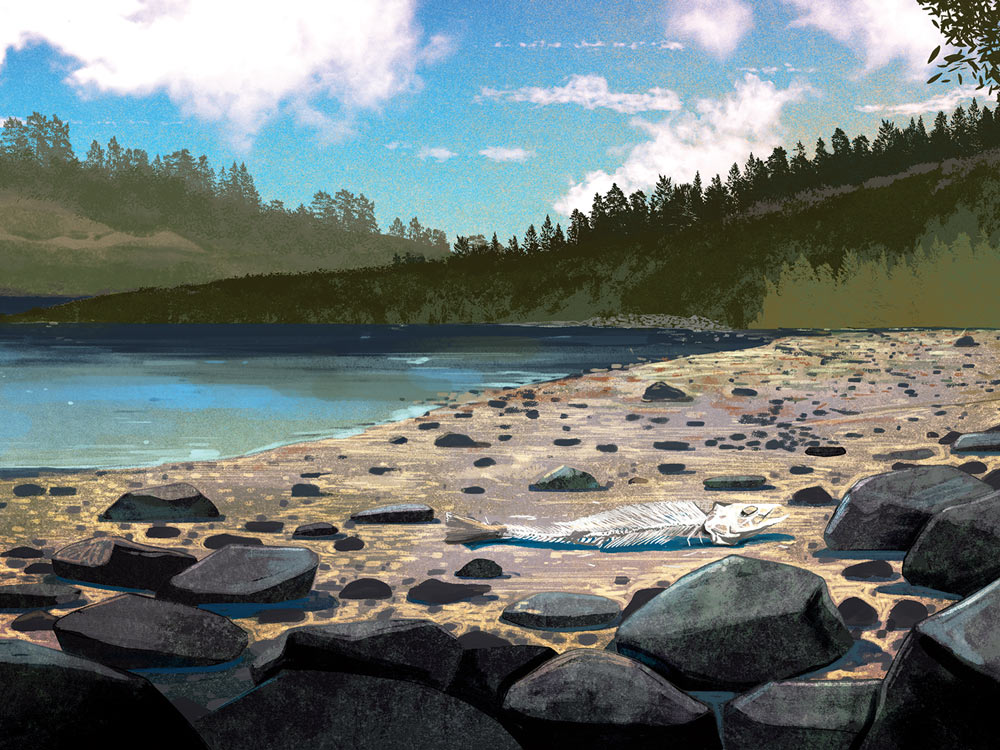
POPULATION IN PERIL
The world’s wild king salmon stocks are disappearing. In 2015, abnormally high river water temperatures in Oregon triggered a die-off of threatened chinooks. In 2017, the Pacific Fishery and Management Council closed 200 miles of the West Coast to ocean salmon fishing to protect a record-low run of Klamath River chinook.
In Alaska—the world’s last major, wild commercial salmon fishery—the situation is even more dire. Less than 1 percent of wild chinooks—maybe less than 0.5 percent—are returning to native streams like Tseta Creek to spawn. Though highly variable, a wild survival rate of 3 percent is more in line with a sustainable population.
Over the past half decade, hatcheries on the Pacific Northwest’s Columbia River—which primarily produce chinooks, cohos, and steelhead—produced between 50 and 60 percent of southeast Alaska’s commercial catch. In 2013, native southeast Alaska stock made up just
1.2 percent of the year’s haul there. When you pony up for “wild Alaska salmon” in a grocery store or restaurant, there’s a decent chance that fish actually began its life in a hatchery.
It’s not just that there are fewer fish. The fish that are returning are younger and smaller. Mature kings traditionally grow large and spawn after four or five summers in the ocean. These days, most are returning to natal streams after two or three ocean summers. Smaller females dig shallower redds in which to deposit their eggs. More susceptible to predation and freezing, shallower redds produce fewer salmon alevins, contributing to the alarming spiral.
Walk into Sitka’s Rocky Gutierrez Airport and you’ll find a pair of mounted chinook the size of coffee tables. These are the winners of the 1988 and 1989 Sitka Salmon Derby: 71 pounds 6 ounces and 67 pounds
8 ounces, respectively. The derby’s 2017 winner came in at 40.5 pounds. The downsizing trend is even more depressing in Juneau, where in 2017 state officials shut down all chinook fishing just days before the Golden North Salmon Derby, an annual event that has been the centerpiece of the Alaska capital’s sportfishing calendar since the 1950s.
Although the smaller-fish phenomenon cuts across most species in Alaska—“The big Kenai and Yukon River fish are largely gone,” confirms one state biologist—not all of Alaska’s wild salmon are imperiled. Coho and sockeye runs are strong throughout the state.
Yet as the largest, strongest, fastest, oiliest, tastiest, and farthest-migrating of all salmon, chinooks are considered to be in a class of their own by everyone from native to commercial to subsistence to sport fishermen to five-star Brooklyn and Beijing chefs. Not to mention sea lions, killer whales, and sharks, which constitute the largest user group. During summer months, some killer whales have been shown to feed almost exclusively on chinooks.
PERFECT SALMON STORM
So, what accounts for the demise of the chinooks? Surprisingly, no one knows. Alaska and British Columbia’s river ecosystems are in near-perfect shape. So scientists say it’s a marine survival issue. Meaning it’s a mysterious one.
“The ocean is virtually a black box for chinooks,” says Andrew Seitz, associate professor of fisheries ecology at the University of Alaska Fairbanks. “Outside the areas where fleets fish, there’s very little data on chinook behavior.”
Competing theories for the population decline all sound reasonable: overproduction of hatchery salmon produces over-competition for ocean resources; a measureable increase in apex predators in Alaskan waters, including orcas, whales, and salmon sharks; bycatch from the pollock fishery and foreign-flagged drift gill-netters (Seitz says studies unequivocally debunk this stubbornly held “conspiracy theory”); warming ocean temperatures, including the Pacific “blob”—first noticed in 2013, that covered most of the Gulf of Alaska and large parts of the Bering Sea—might be altering the food web at plankton and forage levels crucial to young salmon.
An evolving idea suggests a combination of these and unknown factors could be accounting for a perfect salmon storm.
“One impact or two might not dramatically affect a fish population,” says Seitz. “But if you get a number of these factors, the cumulative impact may start affecting the abundance of fish returning to rivers.”
Seitz uses pop-up satellite tags to track adult chinooks in the ocean. Salmon sharks have decimated some of his study groups. But his sample sizes aren’t large enough to provide definitive answers. The fate of the chinook may remain in that black box.
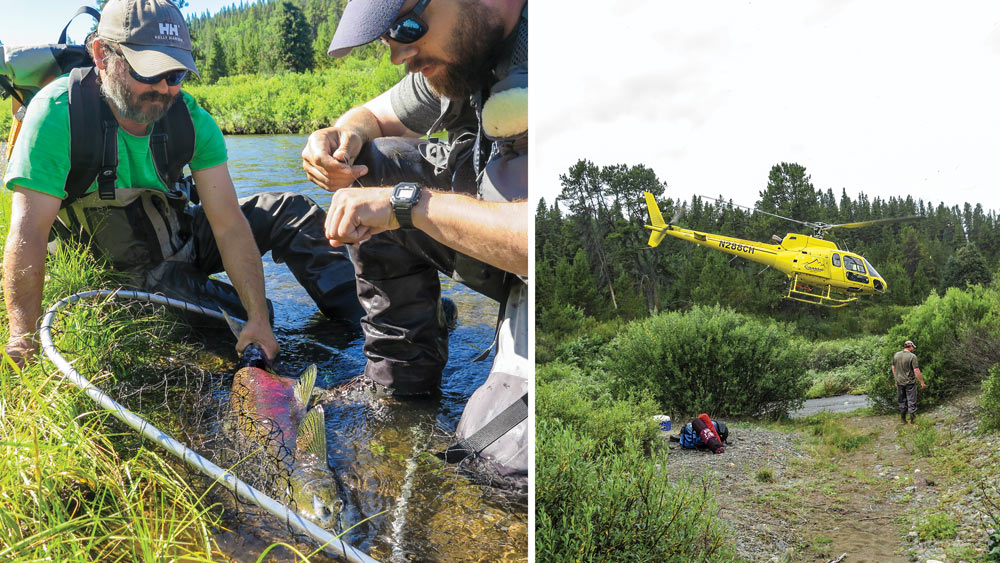
SALMON SURVIVORS
Or maybe it rests with that gang of researchers I spent a week with up the Taku River watershed.
In addition to the thigh-burning work of wading up and down rivers, fording rapids, and occasionally flooding waders after slipping on a submerged boulder (me, twice), their commitment and supernatural outdoor savvy was an inspiration. Walking alongside a river he’d never been on, Canadian researcher Shawn McFarland casually predicted one afternoon that we’d soon see a tree used as a bear scratch. Sure as shooting, 50 yards down the game trail we came upon a spruce trunk scarred with telltale claw marks. How did he know?
“Bears claim a tree or space by taking longer strides and twisting their paws as they approach the area. This makes a bear look larger than it is, intimidating rivals,” McFarland explains. “This area used to be full of bears—the sign is everywhere.”
Standing on the shore, Frost astounds me by correctly identifying female salmon while they’re still swimming in the water.
“The salmon with eroded and white tails are females,” he says. “Their tails get deteriorated from digging redds in the gravel.”
Nights with the chinook squad are just as illuminating. You know you’re around a good campfire when someone conjures a plastic liter bottle of Kirkland bourbon, then spends the next 10 minutes profanely defending its dubious provenance against the inevitable slurs from his unshowered yet presumably more cultivated peers.
Far from civilization, a particularly rowdy “Sasquatch: real or not” debate rages long past midnight. When a staunch ’Squatch defender admits he can sometimes be a little irrational even in the face of reason, one of the party hoots, “Well, shit, you already told us you voted for Trump, so we all know you’re not gonna be persuaded by logic!”
The jab is accepted in the same spirit with which it was delivered—with gusto and a long bout of booming laughter. Was this really a political debate with no rancor or personal recrimination? That’s as rare these days as wild chinook salmon. In the right company, and with a strong hit of Kirkland’s finest, you start believing old-world wonders can be revived.
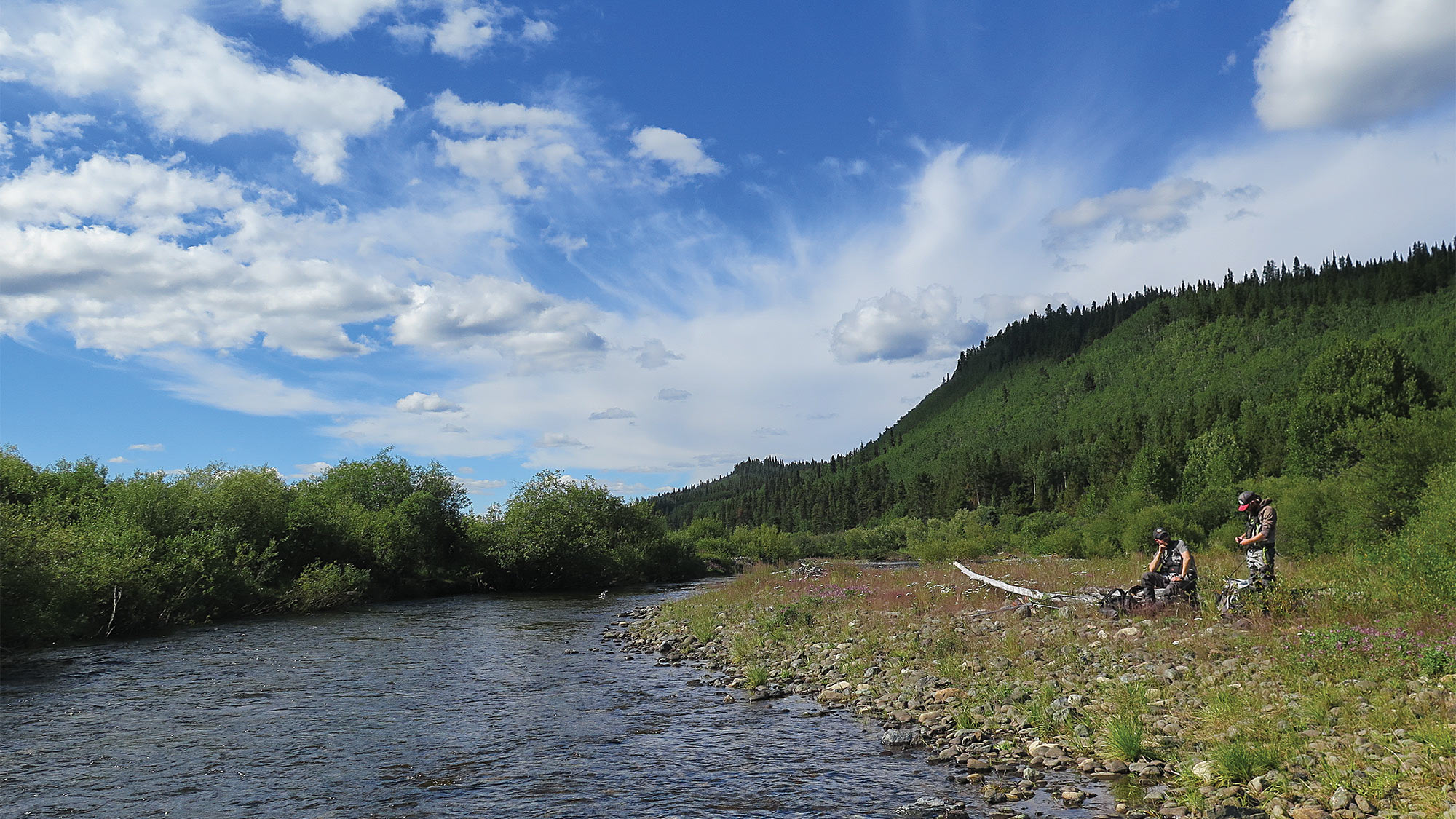
KING’S RANSOM
In the end, the king salmon’s value above all other fish might be what either saves it or dooms it to extinction. This past summer, along the Yukon River, fishermen were getting $5.50 per pound for kings from buyers. Compare that with chum salmon, which sold for 60 cents a pound or silver salmon at $1 a pound. And that’s pre-market. The price for wild Copper River chinooks reached an astounding $75 per pound at Seattle’s Pike Street Market in 2017. According to Seitz, that puts wild kings among the most expensive fish in the world, up there with giant bluefin tuna coveted by sushi restaurants around the world.
I’m not going to tell you which side of the Sasquatch debate he was on, but Fish and Game’s Jones is confident there’ll be a rebound. Fish populations are cyclical, he points out. Even if the current cycle shows chilling anomalies, he believes history will win out.
“The chinook will cycle back,” he says. “I’ll take bets on it.”
“The justification for that confidence,” says Seitz, who agrees with Jones, “is that the freshwater habitat of chinooks in Alaska is relatively intact, compared with elsewhere in the species’ range, like the Columbia River.”
Isolated indicators support tenuous optimism. The 2017 Yukon River chinook run was the strongest it has been since 2003, with more than 250,000 king salmon passing through management sonar stations. Seitz calls this “nothing short of a miracle.” The Nushagak River, which feeds into Bristol Bay, also had what Seitz calls a positive return.
“Chinooks are different than other West Coast fish. There’s a deeper cultural connection to them,” says Seitz. “To some people, there may be no difference between the kings and other salmon species. But to you and me, there is.”
Jones puts a finer point on the chinook’s exceptionalism.
Read Next: Top 10 Alaska Fishing Trips
“It’s a major war out there over this resource,” he says. “If this fishery collapses, it’ll be like the end of the world up here.”
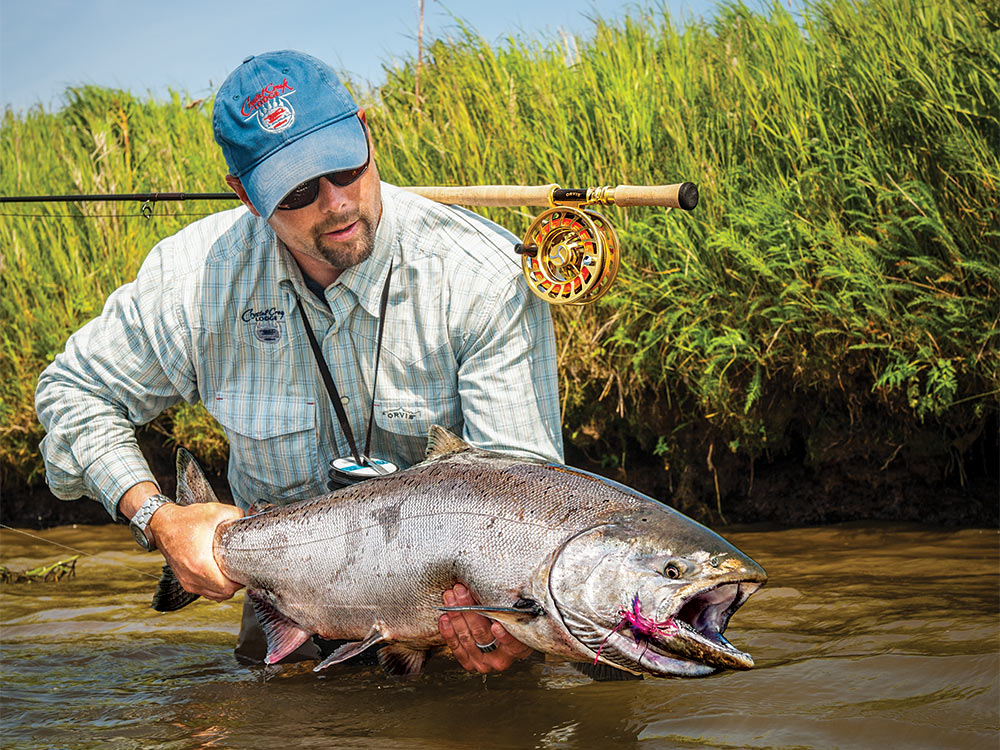
King Me
While the lack of chinook salmon in some rivers is puzzling scientists, these four spots are still producing true beasts
Kenai River, Alaska
In 1985, angler Les Anderson pulled a 97-pound 4-ounce king from the milky-blue waters of the famed Kenai. It still holds the slot for the all-tackle world record, and the Kenai has produced many fish that have nipped at its heels. Some say giant kings are not as frequent in the Kenai these days, though the potential for a 50-plus-pounder still exists here for dedicated anglers willing to put in their time.
Nushagak River, Alaska
The “Nush” boasts an incredibly strong run of kings, though, unfortunately, its fate is in limbo. This watershed lies in the heart of Bristol Bay, the proposed location of the hot-button Pebble Mine. This battleground between the mining company and the EPA could sway the livelihood of the salmon for years to come, but at present the Nushagak remains one of the best rivers in the world for kings.
Dean River, British Columbia
At 150 miles long, the Dean is a relatively short river, but that doesn’t stop a huge push of kings from cramming into it to spawn. To reach the spawning grounds, chinooks here have to run through churning Dean River Canyon. It takes a lot of muscle and drive to do that, which is why many anglers believe that Dean kings fight harder on the line than their cousins elsewhere.
Pere Marquette River, Michigan
If traveling to Alaska isn’t in your budget, the “Mitten” lays claim to some of strongest runs of kings along the Great Lakes. Unlike the Pacific Northwest, which experiences a late-spring to early-summer run, the game is played here in the early fall. And though it’s true that Great Lakes salmon have never had saltwater pumping through their gills, they’re just as tenacious and will make a reel sizzle. —The Editors
